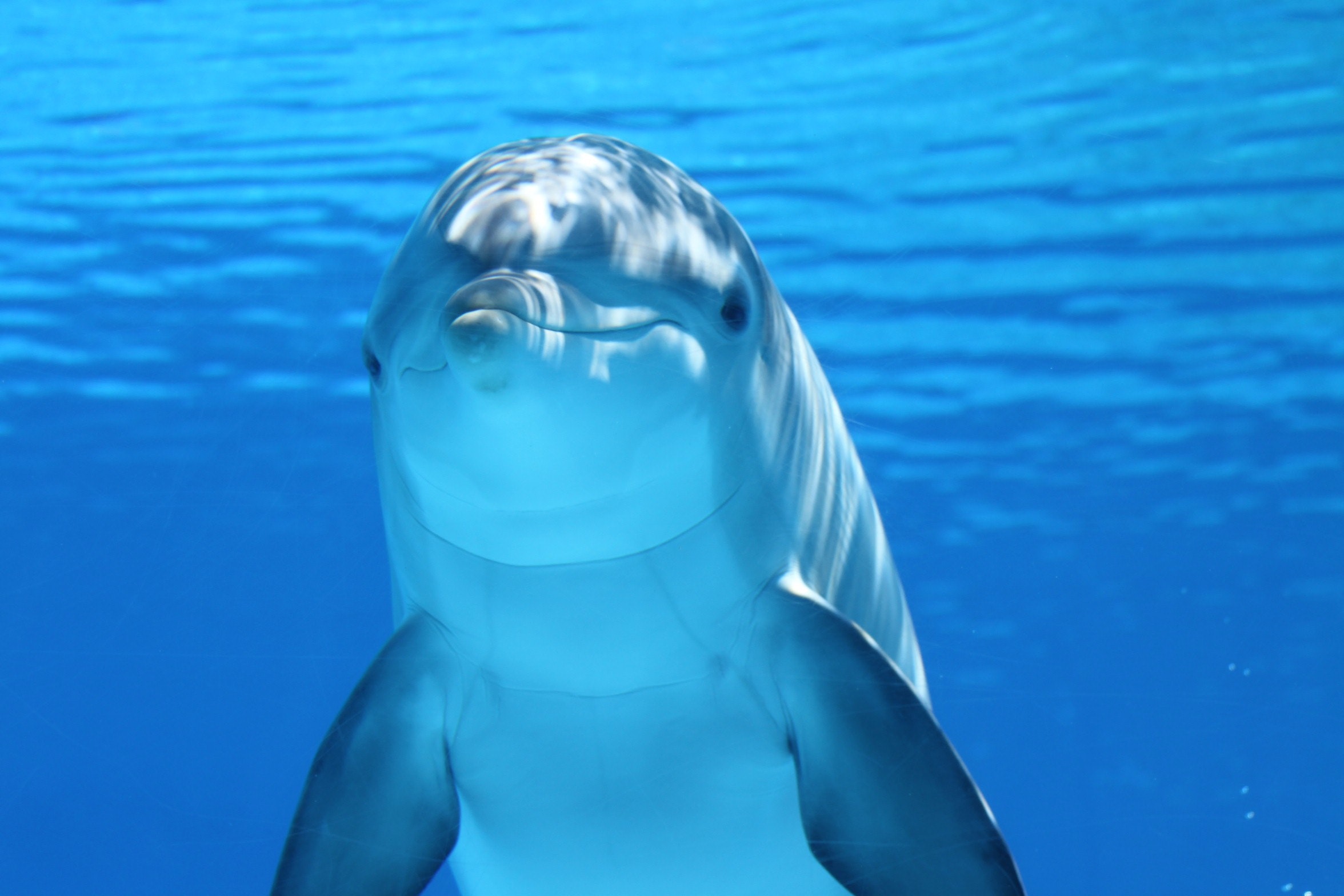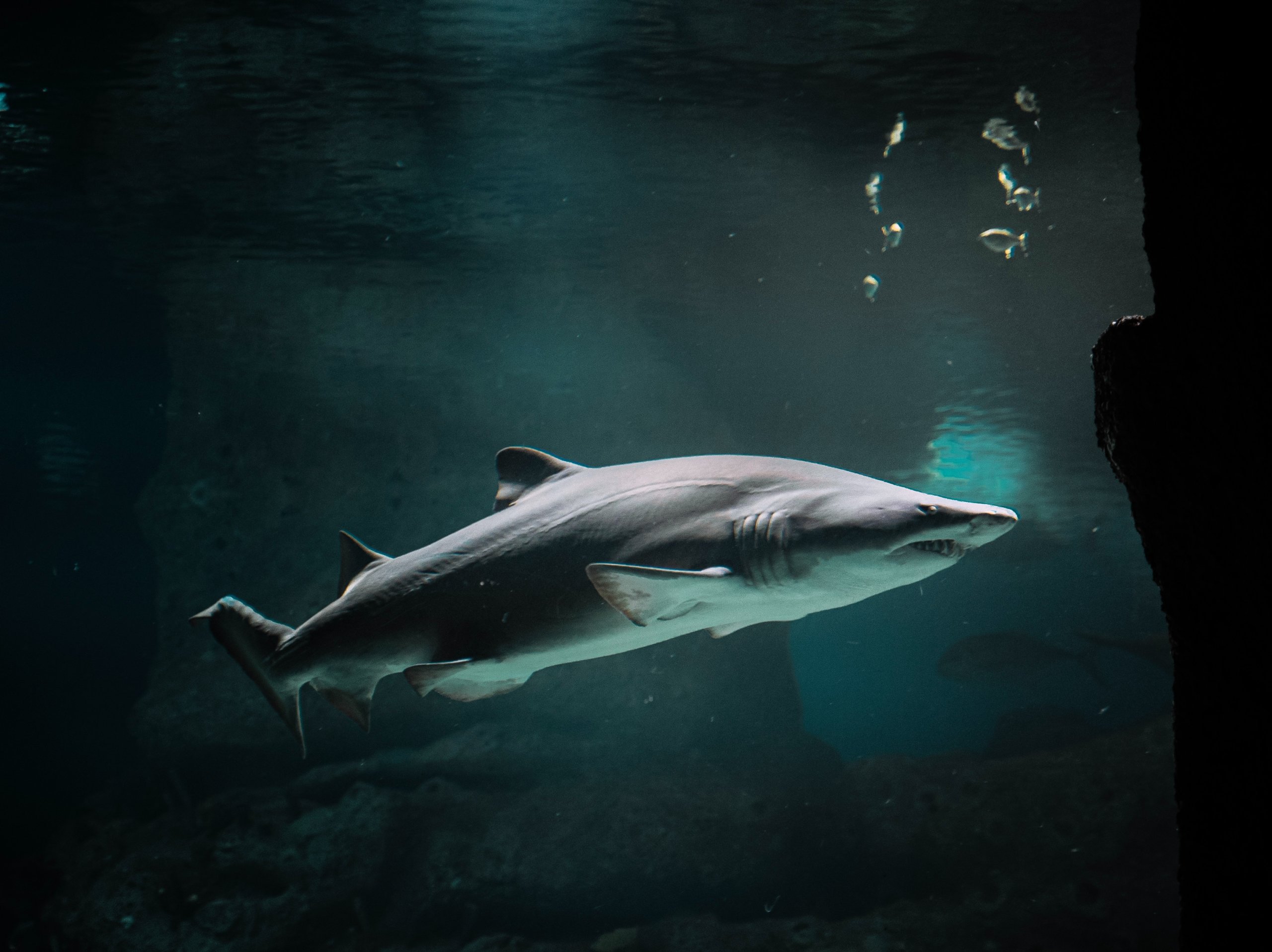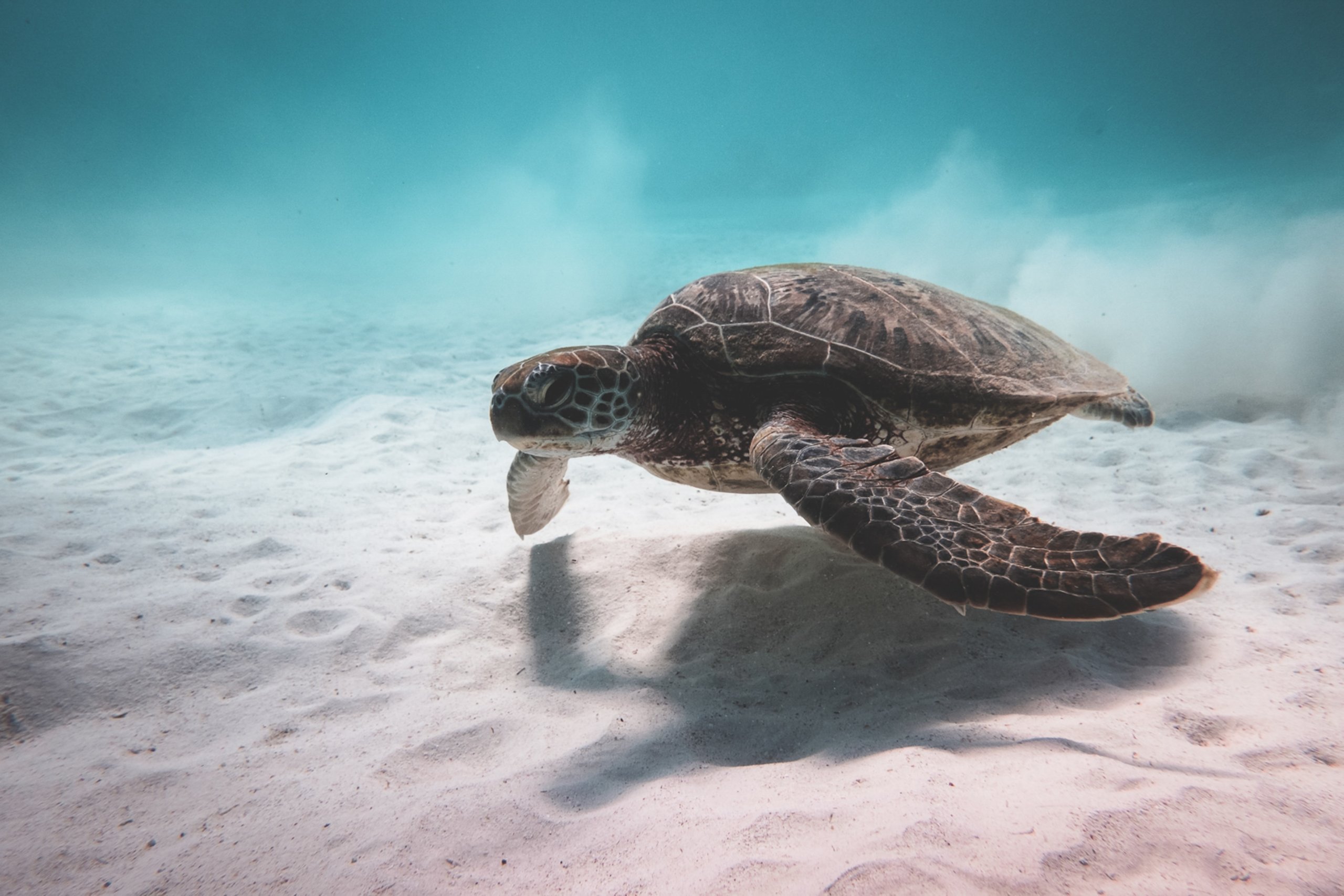
The sea is one of man’s final frontiers. Oceans cover 71% of the Earth’s surface, so there’s quite a lot to explore! But what do you do if you need to find something specific in this vast expanse of water? You call Google!
Ann Allen, an ecologist and researcher at the National Oceanic and Atmospheric Administration (NOAA), had 180,000 hours of underwater recordings of whales. She needed to know when and where humpback whales were singing.
Google partnered with Allen in January 2018 to use a machine learning (ML) application to pinpoint the whale communication amongst the other ocean noise, like sonar, ship engines, and dolphin calls.
Machines Learning Whale Songs
Google engineers trained a neural network on 10 hours of annotated data that had whale songs and other noises tagged. It was based on a previous ML model that recognizes sound in YouTube videos, according to Google product manager Julie Cattiau.
It took nine months to train and test the model, but Allen got a model that accurately identified humpback whale songs. She’s using it in her research about the species in the Pacific and how its occurrence may have changed throughout the last decade.
The Canadian Department of Fisheries and Oceans also benefitted from Google’s sound classification algorithm; the department used it to monitor a population of endangered orcas in real-time.
For the ocean, which contends with a multitude of noises from a variety of sources (both organic and man-made), artificial intelligence (AI) applications are especially useful and highly performant. This is due to one main reason: because of the amount of noise, there is more than enough data for an algorithm to train itself.
As climate change affects ocean temperatures and acidification, animals are changing their patterns and their habitats. Tracking species by sound is much less invasive than spending decades manually tagging these creatures.
For example, the North Atlantic right whale is endangered, with a global population of 400. This group of animals is being pushed more and more north as the ocean temperatures warm up. NOAA has deemed that the species had an “unusual mortality event”, where 30 whales died since 2017 in accidents from colliding with ships or becoming entangled in fishing equipment.
Saving Sea Creatures
To save whales, scientists first need to pinpoint their exact location. Boston-based New England Aquarium and Charles Stark Draper Laboratory are teaming up to “count whales from space”. This means they’re using satellite, radar, sonar, ocean currents, and human sightings (among other data points) to create an ML algorithm that calculates a probability model of locations the whales might be.

With this information, local, state, and federal officials can update their shipping speeds and lanes and fishing schedules to fit with the whales’ patterns. This will ultimately help save more whales from becoming injured by or dying from man-made processes. But these aren’t the only aquatic animals that benefit from AI.
Fish populations are being overfished or nearing being overfished, and it’s done illegally. About 20% of global fishing is illegal, unreported, or unregulated. To track fish populations, Google started an initiative called Global Fishing Watch that works to prevent illegal fishing and keep fish populations at healthy numbers. The organization monitors fishing around the world by watching vessel positions and activities. It makes the vessels accountable by publishing the results for the public.
Fisheries have historically had poor data collection and optimization practices, especially when compared to other industries. It’s the perfect application for big data and AI algorithms.
Other Aquatic Applications for AI
Other great areas for AI applications include monitoring ocean plastic, ocean chemistry (acidification, nitrate concentrations, and deoxygenation), and ocean pollution. Sensors similar to air quality sensors generate data all day about microplastics in the ocean. It turns out that these microplastics are adding a variety of chemicals into our oceans.

And now, there is a sensor in the testing phase located near the Great Pacific Garbage Patch. It’s a first-generation device, but it’s a significant step in helping us curb our waste and consumption habits.
In the case of giant larvacean, using ML to observe these animals and monitor chemical composition has overlapped in a remarkable way. The zooplankton uses their mucus to create their houses, which can be built upwards of three feet. From their protective homes, the animals filter water and capture particles heading to the ocean floor.
This process allows the larvacean to trap debris and carbon dioxide in their mucus homes, instead of letting it fester in the ocean. Much of the “ocean dust” is comprised of photosynthesizing organisms that have converted atmospheric carbon dioxide into oxygen. Eventually, once the house is clogged with this ocean debris, they sink down to the ocean floor and become a source of food for bottom-dwelling organisms.
Although the oceans have always helped the Earth convert carbon dioxide into oxygen through algae and microorganisms like zooplankton by directly absorbing the greenhouse gas, it’s become obvious that the oceans are reaching their limit. In fact, the oceans have absorbed so much greenhouse gas that without the oceans, the surface temperature would’ve increased by up to 36 degrees Celsius instead of the 1-degree increase we’ve experienced thus far.
Not only that, but the oceans are becoming more acidic because of the large amount of carbon dioxide they’re storing for us. It’s of the utmost importance that we constantly monitor how much carbon dioxide the oceans are storing at any given moment using sensors, ML models, and AI applications.
A Flood of Hope
When we look at how humanity has affected the oceans, coral reefs, and animal populations through global warming, overfishing, and even super-loud sonar, it’s easy to become despondent of the situation.
But even before we started applying AI and ML to the problems of the sea, we’ve known that oceans and their creatures are extremely resilient. By working actively on this now, we can help the oceans nurse back their health with technology and mindful consumer habits.
What do you think of AI’s potential to help aquatic creatures and environments? As always, let us know your thoughts in the comments below!





